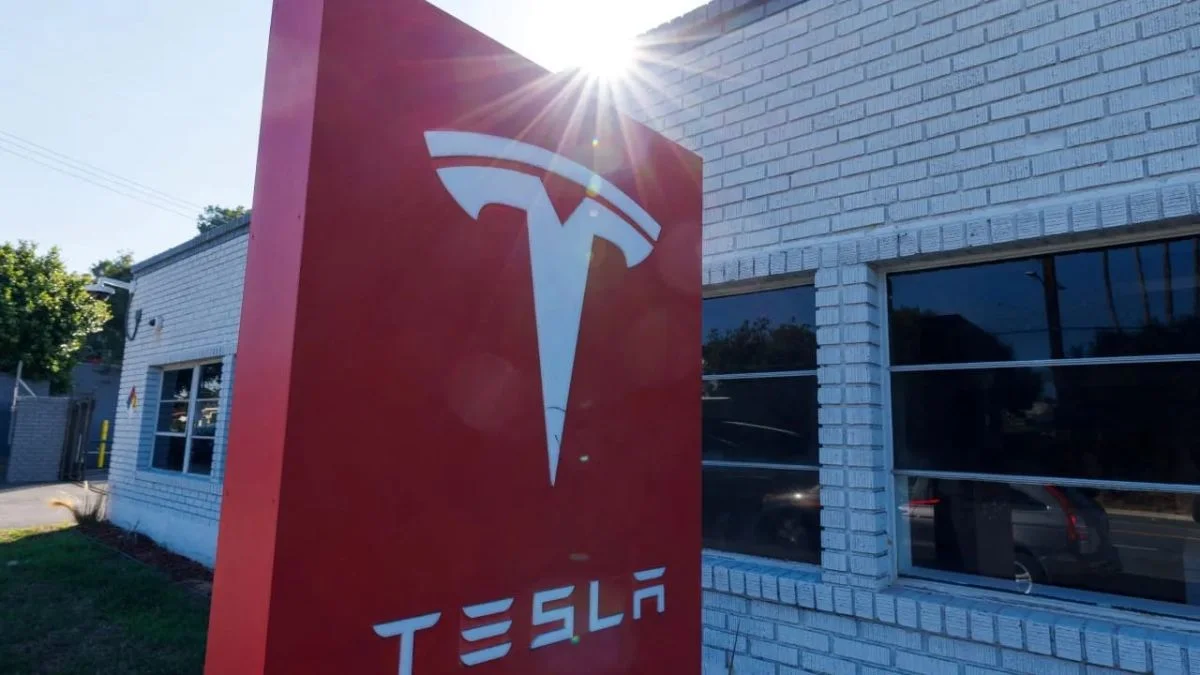Necessary Always Active
Necessary cookies are required to enable the basic features of this site, such as providing secure log-in or adjusting your consent preferences. These cookies do not store any personally identifiable data.
|
||||||
|
||||||
|
||||||
|

In Focus
Tesla is excluding China-made components in the production of U.S. vehicles. Reuters reported that suppliers had already been informed about the exclusion of Chinese components in Tesla’s supply chain.
Tesla decided to replace China-made parts in the U.S.-manufactured vehicles at the beginning of this year. The company has already worked with its suppliers to replace some China-made components with those manufactured elsewhere.
The U.S.-based EV maker plans to switch all other components to those manufactured outside China within the next one or two years. Following COVID-19-era supply-chain disruptions, Tesla has worked to reduce reliance on China-made components.
The company has been encouraging China-based suppliers to shift their production to other countries, including Mexico. Tesla fast-tracked plans to source outside China this year after the U.S. administration announced higher tariffs on some Chinese imports.
Tesla is rethinking its supply chain strategy soon after its shareholders approved Elon Musk’s $1 trillion compensation package.
China is a leading producer and supplier of auto parts, including batteries, chips, and other components and raw materials required in vehicle manufacturing. Most supplies are cheaper largely because of the country’s scale economies, established supplier networks, and lower production costs.
However, the uncertainty resulting from U.S. import tariffs on China has made it difficult for Tesla to stabilize its pricing strategy. As a result, the car company has been increasing Tesla’s North American sourcing for its U.S. factories over the last two years.
The Wall Street Journal highlighted recent tensions between the Netherlands and China over auto chip supplies as the other reason why Tesla is reconsidering its sourcing strategy. Internally, the tensions spurred discussions on the need to speed up the supply diversification process.
Data from the China Passenger Car Association shows that sales of China-made Teslas stood at 61,497 units in October 2025. This represented a 9.9% drop compared to the same period a year ago.
The drop reversed the 2.8% increase recorded in September 2025, when the company experienced a sales surge that pushed its Q3 revenues up by 12%. The U.S. remains Tesla’s largest market, with the company selling all the vehicles manufactured in American factories locally.
Production of Model 3 and Model Y in Tesla’s Shanghai plant also dropped by 32.3% in October 2025, compared to September 2025. The company released standard versions of the two models in the U.S. market last month in a bid to unlock demand.
Tesla does not ship vehicles produced in the Shanghai plant to the U.S. Instead, the company sells them in China, Europe, and other markets in Asia.